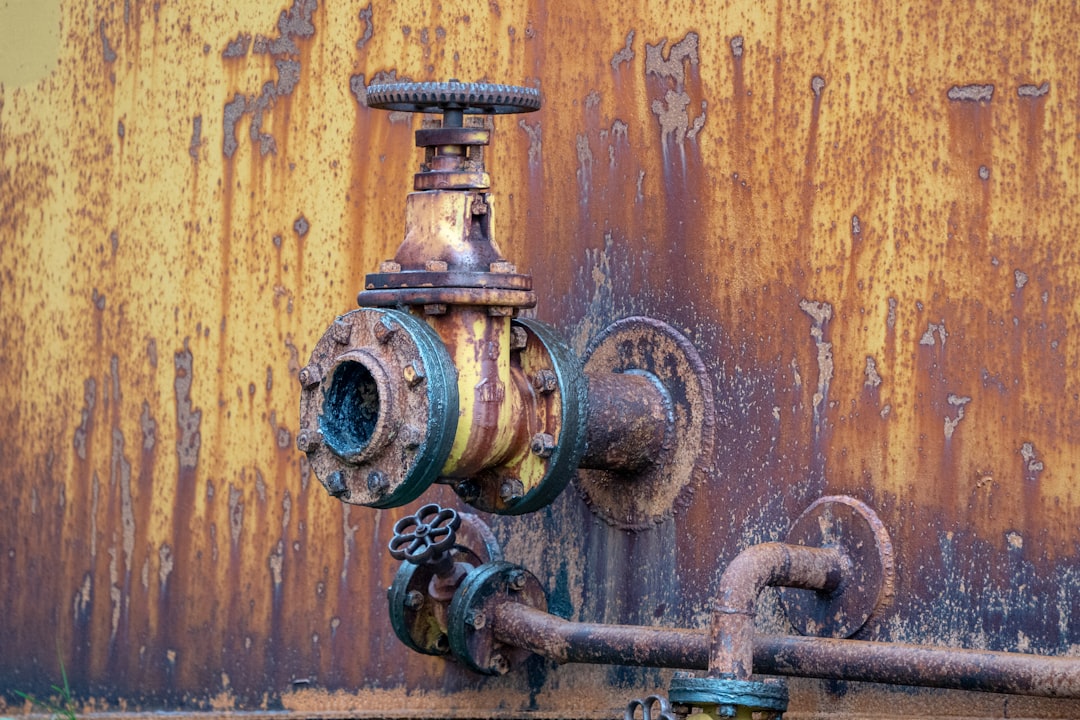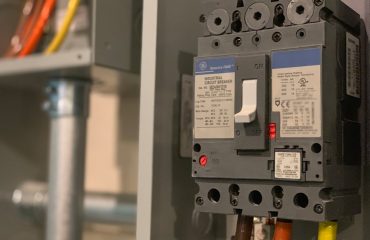body { font-family: sans-serif; line-height: 1.6; }
h1, h2, h3 { color: #333; }
code { background-color: #f0f0f0; padding: 2px 4px; border-radius: 4px; }
High-pressure systems are integral to numerous industries, from oil and gas to chemical processing and power generation. While offering significant advantages in efficiency and productivity, they also present significant safety risks. A failure in a high-pressure system can lead to catastrophic consequences, including explosions, fires, and serious injuries. This comprehensive guide delves into the crucial safety considerations necessary to mitigate these risks and ensure a safe working environment.
1. Design and Engineering for Safety: Laying the Foundation
The foundation of a safe high-pressure system lies in its design and engineering. Careful consideration must be given to material selection, pressure vessel design, and component integrity. Materials must be chosen to withstand the anticipated pressures and temperatures, considering factors like corrosion resistance and fatigue strength. Pressure vessels should be designed and manufactured to stringent codes and standards, such as ASME Section VIII, ensuring adequate wall thickness and proper stress relief. Regular inspections and non-destructive testing (NDT) methods like ultrasonic testing and radiography are crucial for identifying potential flaws before they lead to failures. Furthermore, the system should incorporate safety features from the outset, such as pressure relief valves, rupture disks, and emergency shutdown systems.
2. Operational Procedures: Maintaining Vigilance
Even the best-designed system requires careful operation to maintain safety. Detailed operating procedures should be developed and rigorously followed by trained personnel. These procedures should cover startup, shutdown, normal operation, and emergency situations. Regular monitoring of pressure, temperature, and other critical parameters is essential, using appropriate instrumentation and alarm systems. Operators should be thoroughly trained on the system’s operation, safety features, and emergency procedures. Regular drills and simulations can help enhance their preparedness and response capabilities. Furthermore, a clear system of communication and reporting is crucial, ensuring that any anomalies are promptly identified and addressed.
3. Maintenance and Inspection: Preventing Catastrophe
Preventive maintenance is paramount in ensuring the long-term safety of high-pressure systems. A comprehensive maintenance schedule should be established, outlining regular inspections, testing, and repairs. This should include visual inspections for leaks, corrosion, or damage, as well as functional testing of safety devices like pressure relief valves and emergency shutdown systems. Detailed records should be maintained to track maintenance activities and identify any recurring issues. Regular calibration of pressure gauges and other instrumentation is also crucial for accurate monitoring. Employing qualified and experienced technicians for maintenance tasks is essential to ensure that work is carried out correctly and safely.
4. Emergency Preparedness and Response: Reacting to the Unexpected
Despite all precautions, accidents can still occur. A robust emergency response plan is essential for mitigating the consequences of a high-pressure system failure. This plan should include procedures for evacuating personnel, isolating the affected area, and contacting emergency services. Emergency shutdown systems should be regularly tested and maintained to ensure their effectiveness. Personnel should be trained in the use of emergency equipment, including personal protective equipment (PPE) such as respirators and safety glasses. Regular emergency drills and simulations can help familiarize personnel with the procedures and improve their response time. Furthermore, a post-incident investigation should be conducted to determine the root cause of any incident and identify areas for improvement in safety procedures.
5. Regulatory Compliance and Best Practices: Adhering to Standards
Operating high-pressure systems requires strict adherence to relevant regulations and best practices. Familiarize yourself with the applicable codes and standards, such as those published by ASME, API, and OSHA. These standards provide guidelines for design, construction, operation, and maintenance of high-pressure systems. Regular audits and inspections by regulatory bodies are common, ensuring compliance with these standards. Staying updated on the latest industry best practices and technological advancements is crucial for maintaining a high level of safety. Continuous improvement through regular safety reviews and hazard assessments can help identify and mitigate potential risks before they lead to incidents. Investing in advanced safety technologies and training programs can significantly enhance safety performance.
By meticulously addressing these key areas – design, operation, maintenance, emergency preparedness, and regulatory compliance – industries can significantly reduce the risks associated with high-pressure systems and create safer working environments for their personnel.
SEO Tags:
High-pressure safety, Pressure vessel safety, Process safety management, Industrial safety, High-pressure system design




